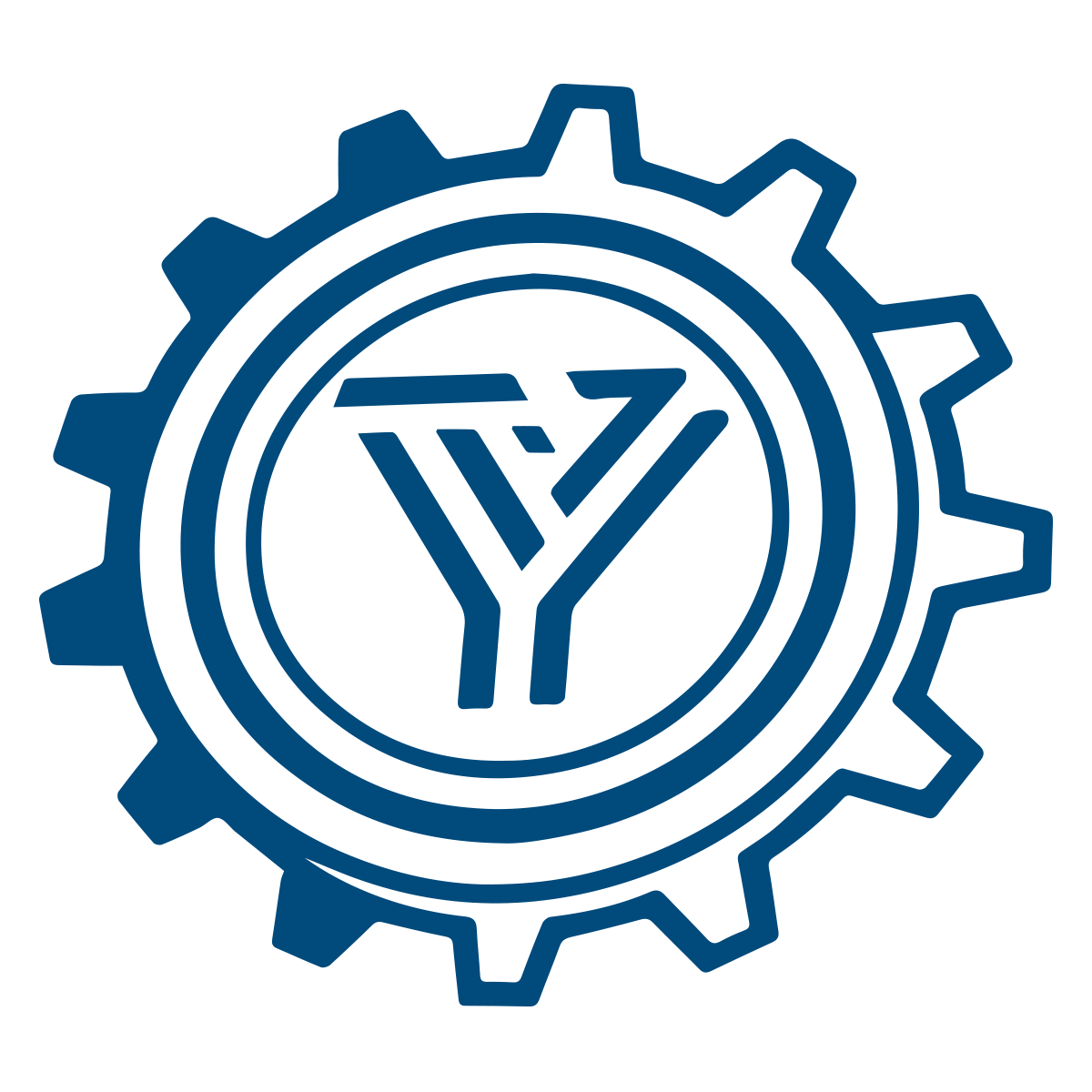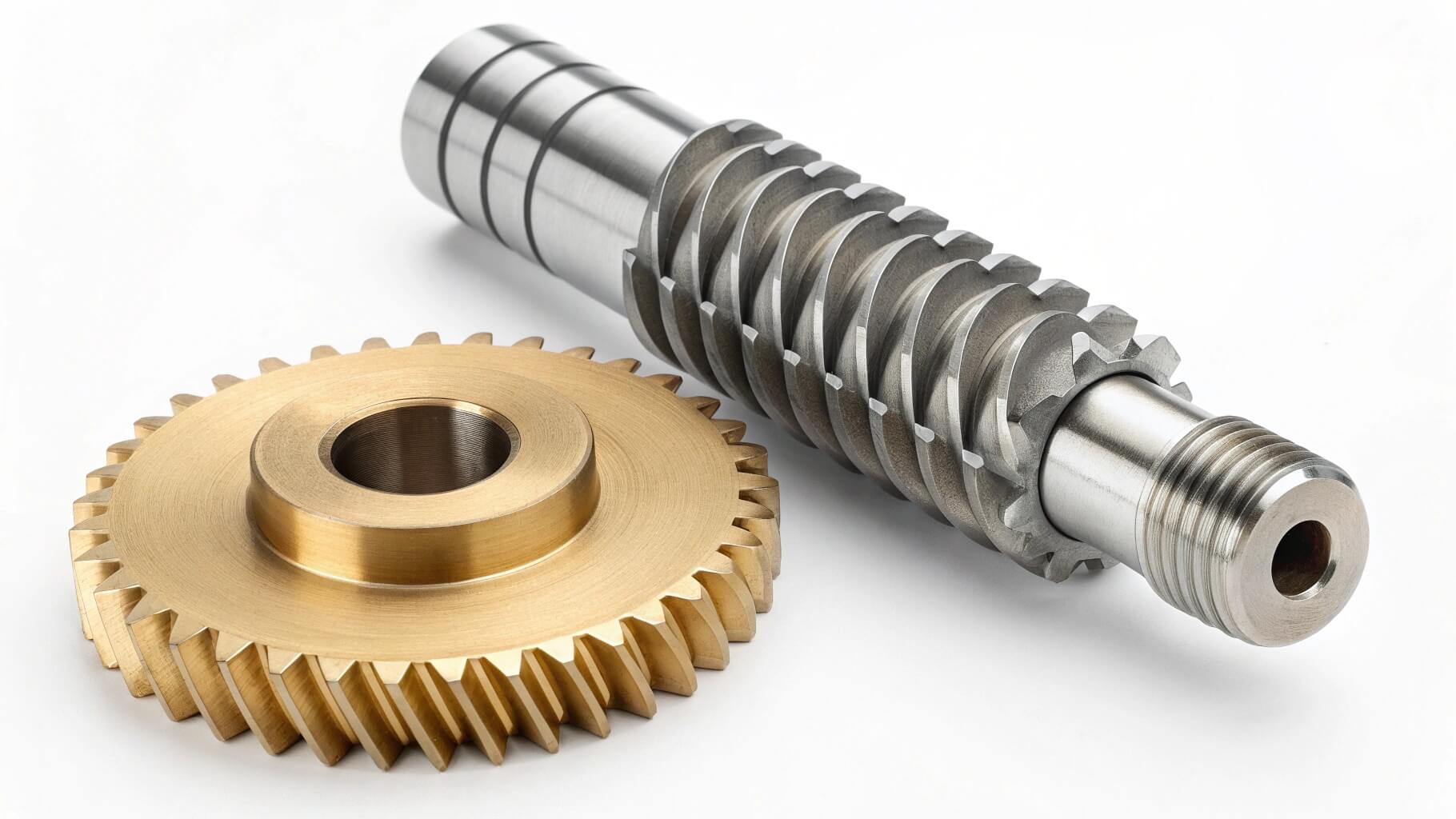
What is a Worm Gear?
A worm gear consists of a helical thread worm shaft meshing with a worm wheel (gear) to achieve high reduction ratios in a compact, right-angle configuration. Yantong Tech manufactures worm gear sets with controlled tooth form, matched lead accuracy, and verified contact patterns, delivering smooth power transmission, low noise, and self-locking capability for packaging machinery, conveyor drives, and light-load automation equipment.
- Precision hobbing and thread grinding achieve smooth worm shaft profiles for uniform load distribution and extended service life
- Bronze or brass worm wheel material (CuSn12, CuSn10, or aluminum bronze) paired with hardened steel worm shafts (40Cr, 45#) for optimal wear resistance
- Self-locking ratios (typically ≥40:1) prevent back-driving in lifting or positioning applications where holding torque is critical
- Full dimensional inspection and contact pattern verification documented by batch for quality assurance and traceability
Core Characteristics and Performance Advantages
Engineering features enabling compact right-angle drives, quiet operation, and predictable maintenance cycles
Compact High-Ratio Design
Single-stage worm gear sets achieve reduction ratios from 5:1 to 100:1 in compact right-angle configuration, eliminating the need for multi-stage gearboxes and reducing overall drive footprint for space-constrained applications.
Smooth and Quiet Operation
Sliding contact between worm thread and wheel teeth produces smooth torque transmission with minimal vibration and noise, particularly suited for food processing, pharmaceutical packaging, and clean-room automation environments.
Self-Locking Capability
High-ratio worm sets (typically ≥40:1) exhibit self-locking due to friction angle exceeding lead angle, preventing back-driving and eliminating need for external brakes in vertical lifts, rotary tables, and gate valve actuators.
Technical Specifications and Manufacturing Range
Comprehensive parameter overview for engineering evaluation and drivetrain integration
| Item | Specification Range | Remarks |
|---|---|---|
| Worm Wheel Diameter | 30 mm – 600 mm | Custom sizes per customer drawing |
| Module | m0.5 – m10 | Axial module for worm thread |
| Reduction Ratio | 5:1 – 100:1 | Single-stage; higher ratios via multi-start worms |
| Worm Shaft Material | 40Cr / 45# / 20CrMnTi | Hardened and ground for wear resistance |
| Worm Wheel Material | CuSn12 / CuSn10 / Aluminum Bronze | Bronze alloys for low friction and wear compatibility |
| Worm Thread Accuracy | ISO 2490 Class 7–10 | Ground worms achieve Class 7–8 |
| Worm Wheel Tooth Accuracy | ISO 1328 Grade 8–10 | Hobbed and deburred; ground optional for precision |
| Surface Hardness (Worm) | HRC 50–60 (quenched & tempered) | Induction hardening or through-hardening available |
| Surface Roughness (Worm) | Ra 0.4 – 1.6 μm | Achieved after thread grinding |
| Inspection | CMM / Thread Gauge / Contact Pattern Check | Inspection reports provided |
Custom Manufacturing Capability for Worm Gear Sets
Four core competencies supporting OEM packaging systems, conveyor drives, and precision positioning equipment

Design & Ratio Optimization
Worm set geometry calculation, lead angle optimization for efficiency or self-locking, and material pairing selection based on load, speed, and lubrication conditions for OEM drive replacement or new system design.

Precision Machining
CNC thread milling and grinding for worm shafts; CNC hobbing and finishing for worm wheels; contact pattern verification ensures proper mesh alignment and load distribution across the tooth face.
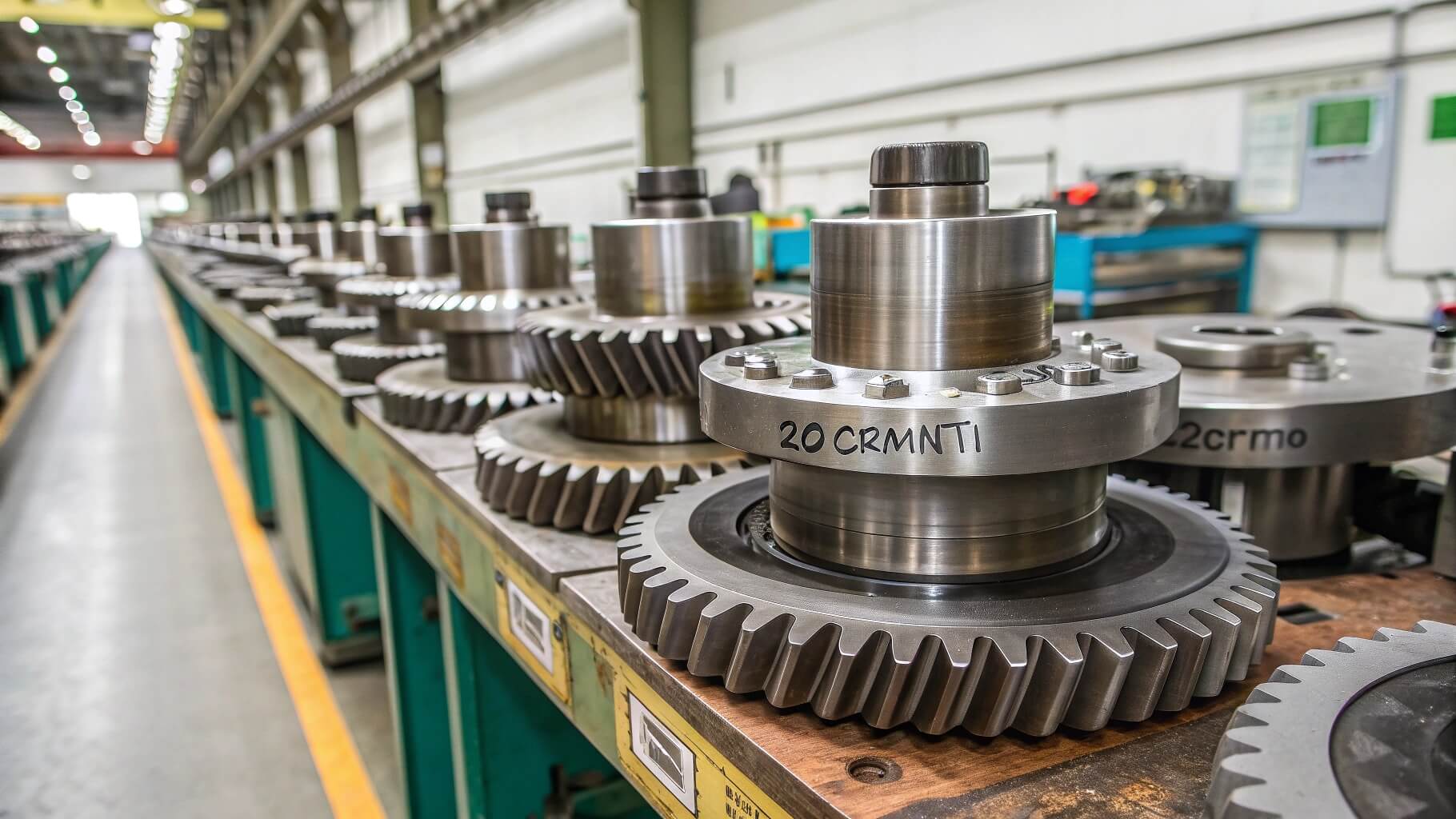
Material & Heat Treatment Options
Hardened steel worms (40Cr, 45#) with quenching and tempering to HRC 50–60; bronze worm wheels (CuSn12, CuSn10, aluminum bronze) for wear compatibility; material certificates and hardness reports provided.
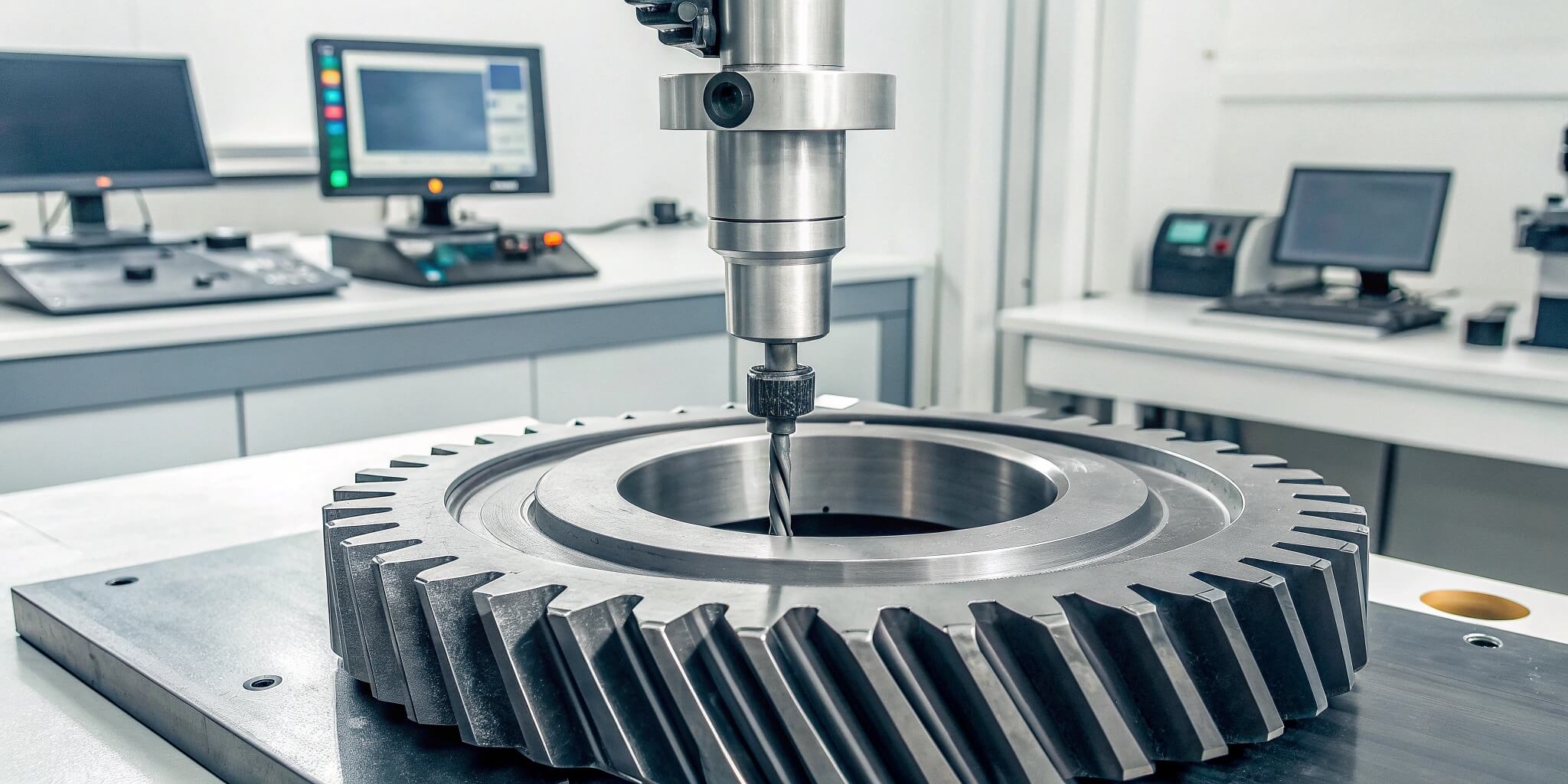
Testing & Technical Support
Full dimensional and thread geometry data archived; CMM and thread gauge measurement reports; remote technical consultation for assembly guidance, lubrication recommendations, and performance optimization feedback.
Manufacturing Process: From Raw Material to Verified Worm Gear Set
Six controlled stages ensuring thread accuracy, surface finish, and verified meshing for smooth power transmission
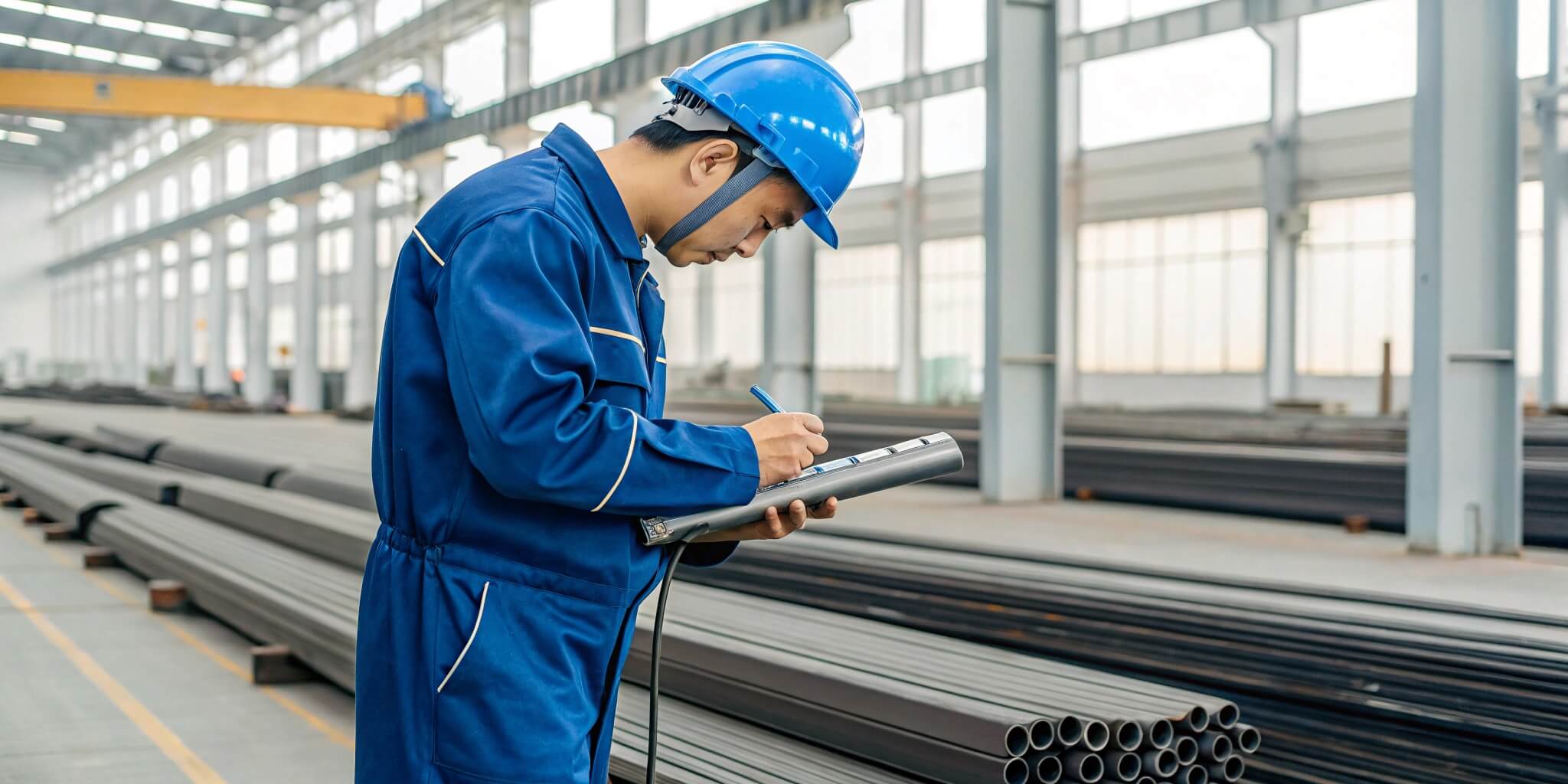
Raw Material Preparation
Incoming steel bar stock (40Cr, 45# for worm shafts) and bronze casting blanks (CuSn12, CuSn10 for worm wheels) validated with material certificates; chemical composition and initial hardness verified before release to machining. Material lot numbers recorded for batch traceability.
CNC Turning & Thread Milling
CNC turning establishes worm shaft outer diameter, bearing journals, and keyway; CNC thread milling or hobbing cuts worm threads to specified lead and pressure angle. Bronze worm wheel blanks pre-machined for hobbing setup. First-piece inspection confirms dimensional accuracy before batch production.
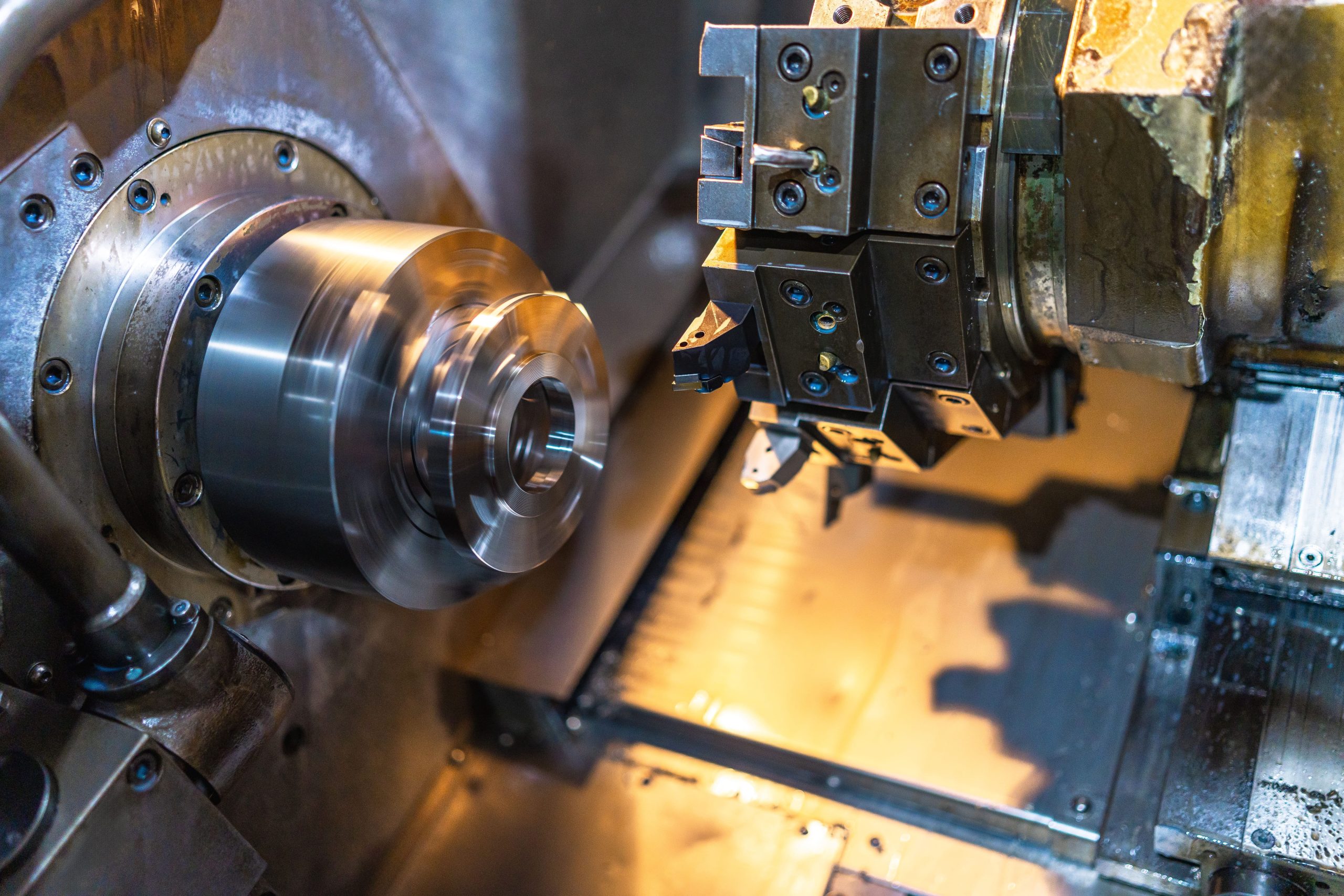

Worm Wheel Hobbing & Deburring
CNC gear hobbing machines cut worm wheel teeth to match worm thread geometry; tooth profile, spacing, and depth controlled per drawing specification. Edges deburred to prevent assembly damage and ensure smooth meshing contact. In-process checks monitor tooth form accuracy.
Heat Treatment (Worm Shaft Hardening)
Worm shafts undergo quenching and tempering or induction hardening to achieve HRC 50–60 surface hardness for wear resistance. Heat treatment cycles documented; hardness and microstructure verified on test coupons and production samples. Bronze worm wheels remain as-machined (no heat treatment required).


Thread Grinding & Surface Finishing
CNC thread grinding (for precision worms) corrects distortion from heat treatment and achieves final thread profile accuracy and surface roughness Ra 0.4–1.6 μm. Bearing journals ground or polished to final tolerance; edges chamfered to prevent stress concentration.
Contact Pattern Check & Final Inspection
Worm sets assembled for contact pattern verification using Prussian blue marking compound; contact location and distribution adjusted if needed. CMM and thread gauge measurements verify dimensional compliance; hardness testing confirms heat treatment results. Inspection certificate, material traceability, and heat treatment report prepared for shipment.

Quality Control and Inspection System
Five-stage verification protocol ensuring thread accuracy, material compatibility, and full traceability from material to shipment
Raw Material Verification
Material certificates validated against order specification; chemical composition spot-checked via spectrometer for steel worm shafts and bronze worm wheels; hardness measured to confirm initial condition. Material accepted only when documentation and test results meet requirements.
Machining Accuracy Check
First-piece inspection after thread milling/hobbing confirms lead, pitch diameter, and tooth form compliance; in-process sampling monitors dimensional consistency. Thread gauges and CMM measurements verify worm shaft geometry; worm wheel tooth spacing and profile checked with gear measurement instruments.
Thread Geometry & Contact Pattern Verification
Thread measurement equipment captures lead deviation, pitch diameter, and profile angle; contact pattern checking with Prussian blue marking compound verifies proper meshing location and load distribution. Adjustments made to alignment or tooth geometry if pattern deviates from specification.
Hardness & Surface Treatment Test
Surface hardness (Rockwell C scale) measured at multiple locations on worm shafts; microstructure examination confirms proper heat treatment. Heat treatment report includes furnace cycle data and test results for traceability. Bronze worm wheels undergo visual inspection for casting defects and surface finish quality.
Final 100% Inspection
Every worm gear set subjected to visual inspection for grinding burns, surface defects, and edge quality; dimensional spot-checks confirm bearing journal tolerances and keyway dimensions. Contact pattern re-verified on matched sets. Full inspection data archived by batch number for traceability.
Applications and Industry Integration
Worm gears delivering compact right-angle drives, smooth torque transmission, and self-locking capability across six core sectors
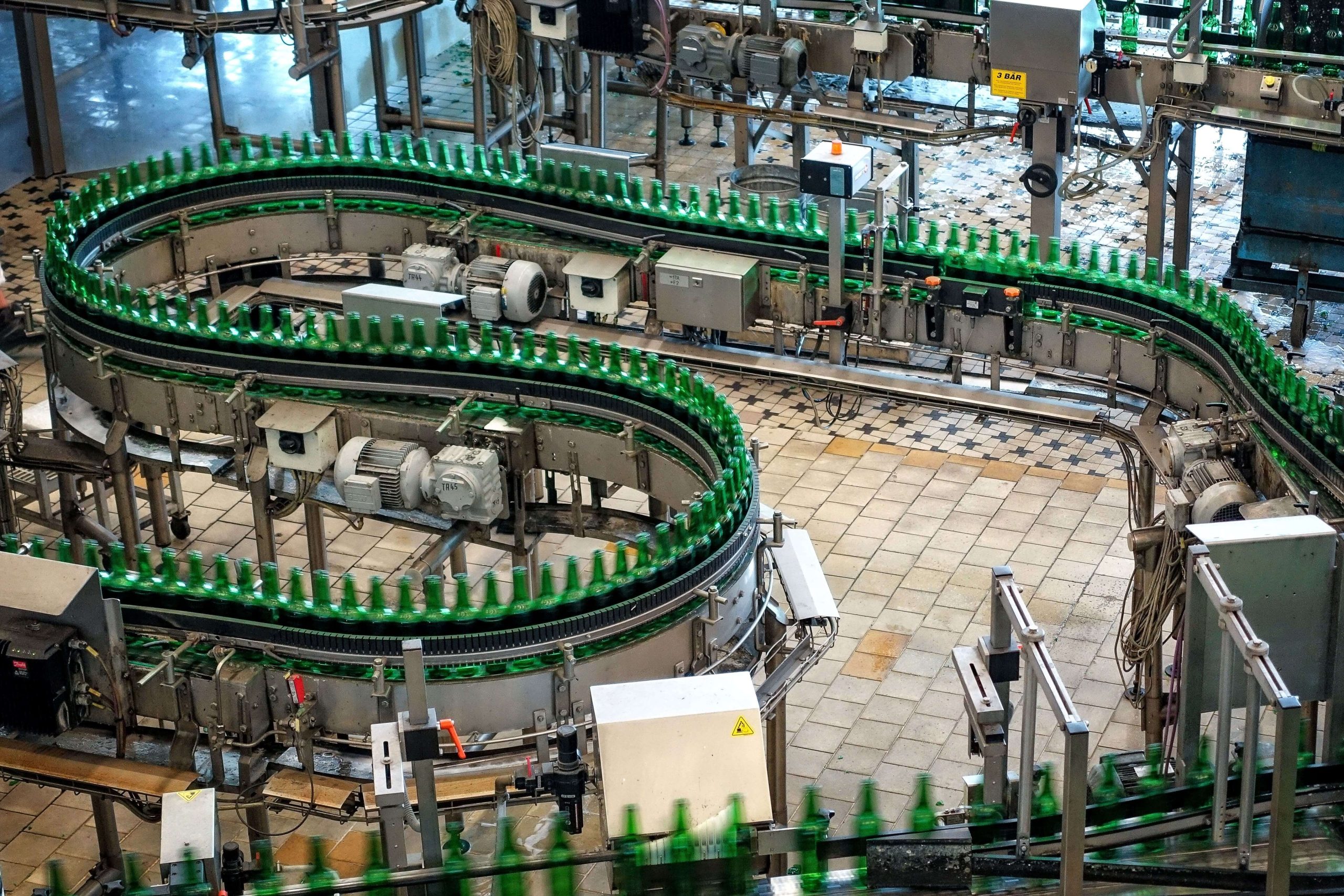
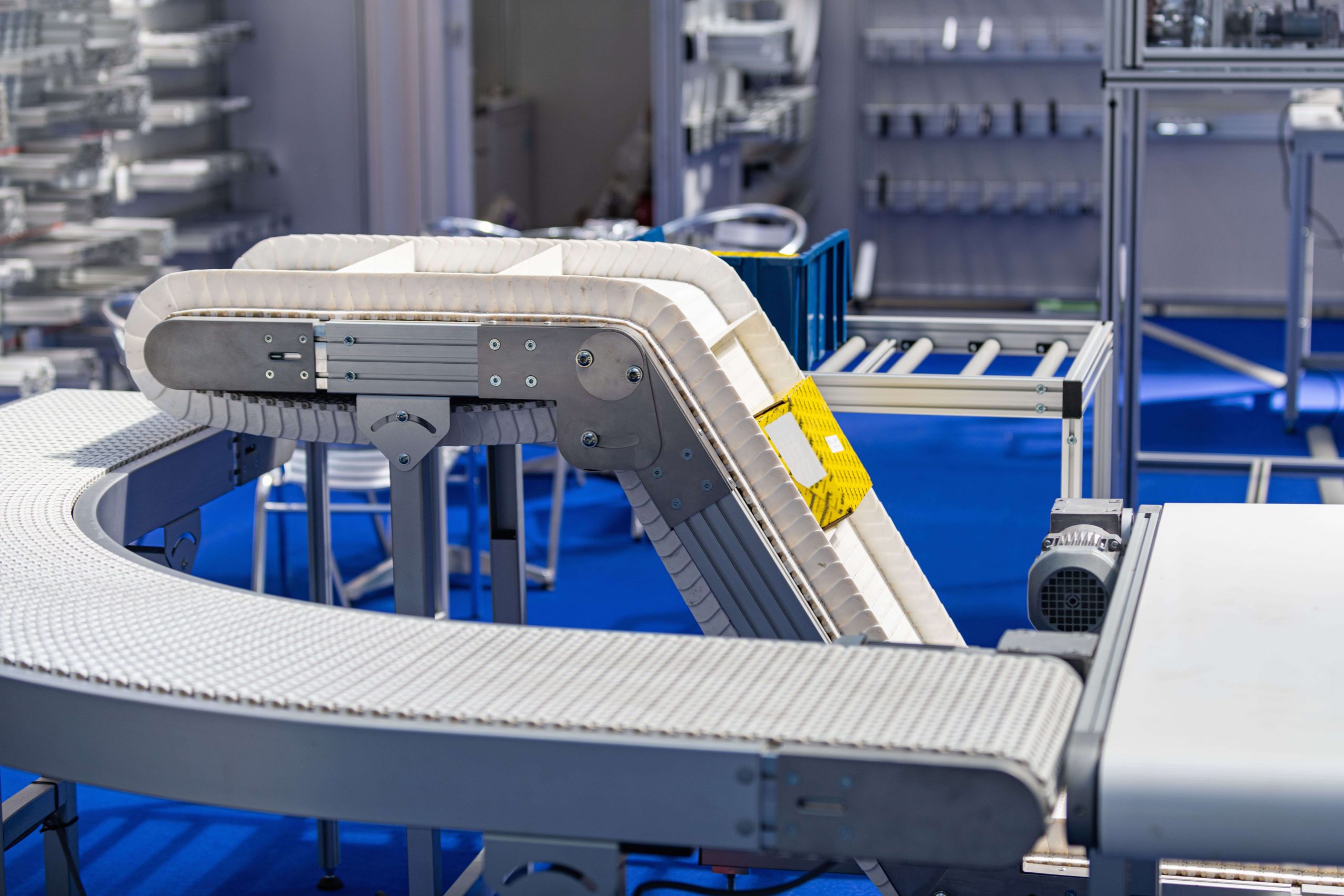

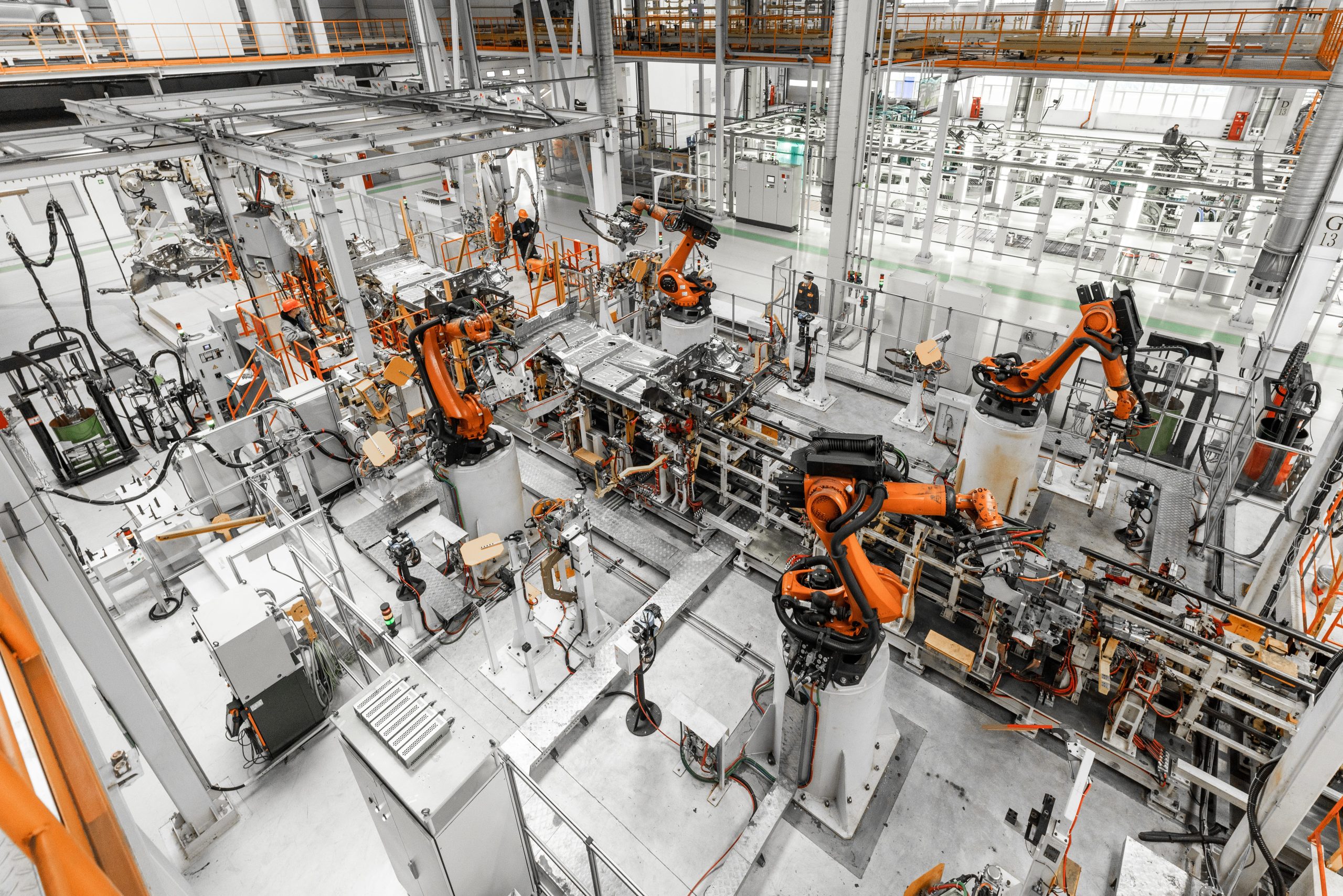

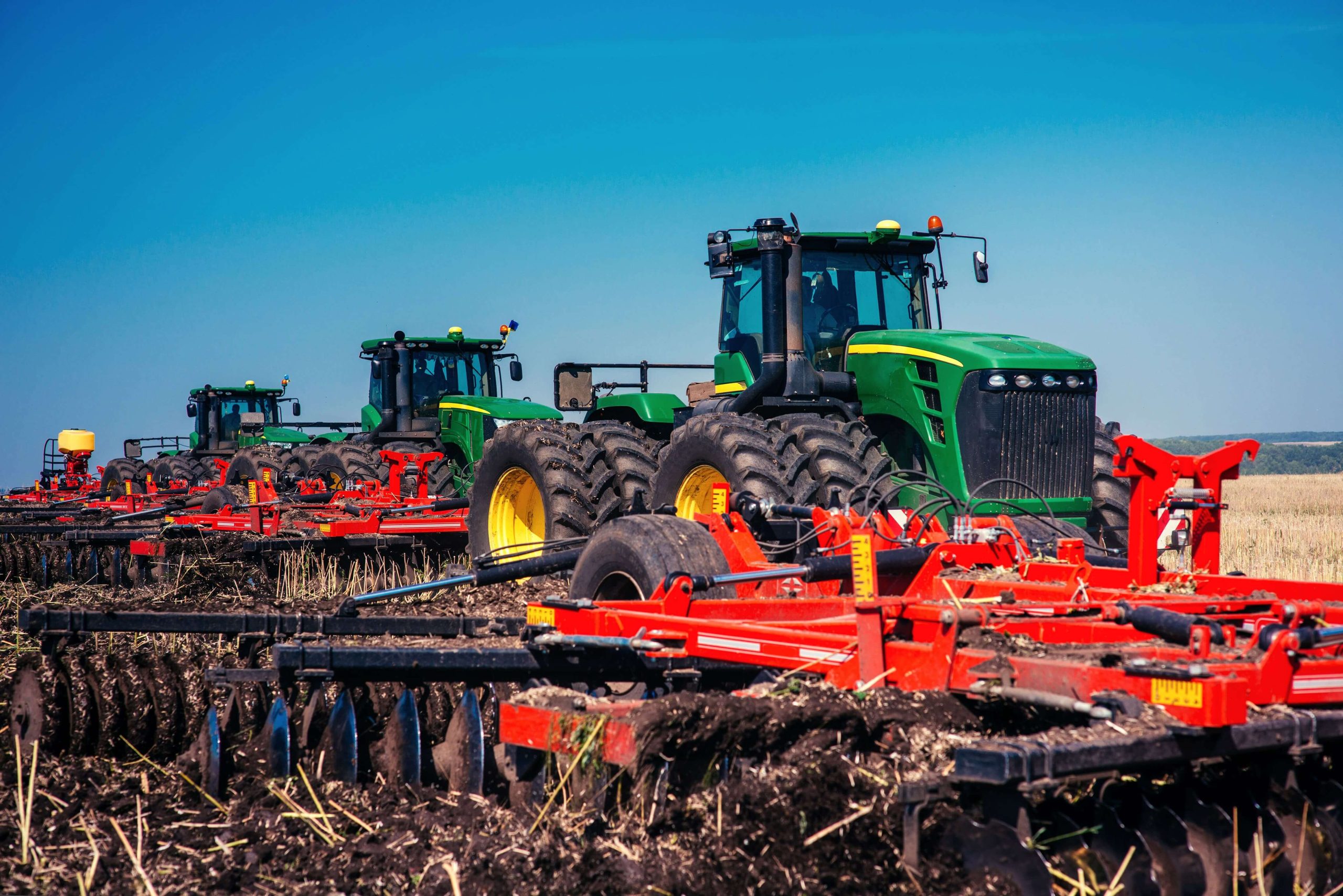
Certifications and Quality Standards
Recognized quality systems and compliance documentation supporting international procurement requirements
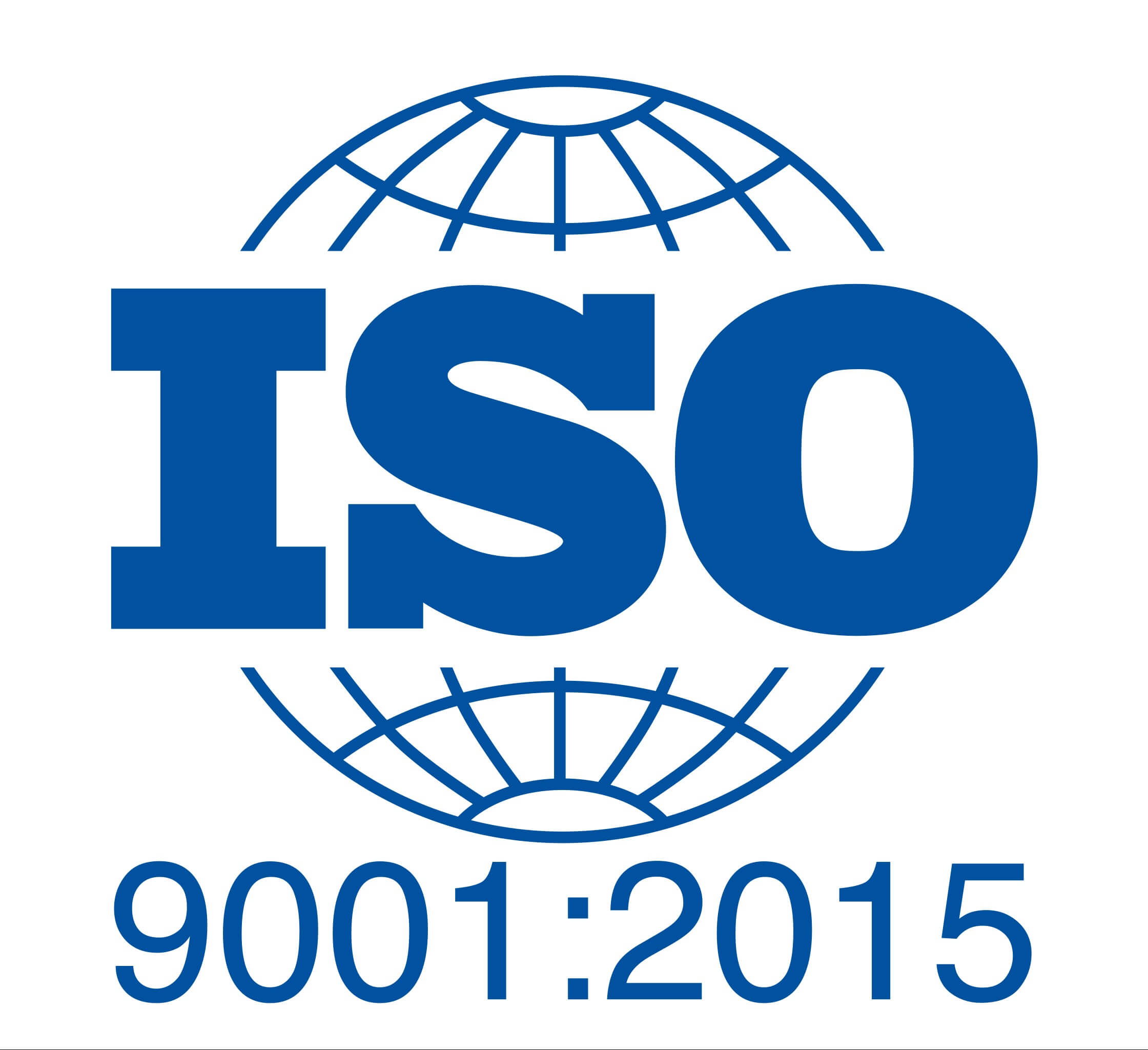
ISO 9001:2015

IATF 16949 Methods

Material Traceability (EN 10204 3.1)

RoHS / REACH Compliance
Material Selection and Heat Treatment Process
Material pairing between worm shaft and worm wheel directly determines sliding friction, wear rate, and service life. Yantong Tech applies controlled hardening to steel worm shafts paired with bronze worm wheels to achieve optimal wear compatibility, with full process documentation for quality assurance.


Design and Engineering Collaboration
Manufacturing engineers supporting worm set geometry optimization, efficiency analysis, and reverse engineering for OEM replacement
- Worm gear set calculation and ratio optimization based on load requirements, speed range, and efficiency targets; lead angle selection for self-locking vs. backdrivability
- CAD/CAM-based thread profile design and tolerance control; center distance and mounting dimension analysis to ensure proper alignment and backlash control
- Reverse engineering from samples or worn worm sets for OEM replacement; dimensional measurement, material identification, and heat treatment replication with manufacturability recommendations
- Technical drawing verification and lubrication guidance; efficiency estimation and thermal analysis support to ensure proper cooling and lubrication system design
What Our Clients Say
Trusted by packaging machinery OEMs and conveyor system integrators across three continents
We required worm gear sets for our packaging machines with smooth operation and low noise. Yantong Tech delivered matched sets with verified contact patterns and consistent bronze wheel quality across three batches. The technical support helped us optimize our center distance design. Reliable partner for our European production.
Our conveyor system needed custom worm gearboxes with self-locking capability for inclined transport. Yantong's engineering team calculated the proper lead angle and provided thread measurement reports with each shipment. Lead time was consistent and communication was professional throughout. Good quality at fair pricing.
We replaced worn worm sets in our food processing equipment with parts from Yantong Tech. They measured our samples, matched the bronze alloy, and delivered drop-in replacements. The new sets have been running smoothly for eight months with proper lubrication. Honest service and good technical support for Southeast Asia customers.
Why Engineers and Procurement Teams Choose Yantong Tech for Worm Gears
Four core competencies supporting compact drive reliability, smooth operation, and long-term partnership
Proven Manufacturing Capability
96-person team with CNC thread grinding, worm wheel hobbing, and contact pattern verification facilities; module range m0.5–m10, reduction ratios 5:1–100:1, controlled thread accuracy and surface finish through documented process.
Material Pairing Expertise
Hardened steel worms (HRC 50–60) paired with bronze wheels (CuSn12, CuSn10, aluminum bronze) for optimal wear compatibility; material certificates, hardness reports, and bronze composition data provided with each batch for traceability.
Engineering-Focused Communication
Manufacturing engineers with worm gear design experience engage directly with customer technical teams; ratio optimization, efficiency analysis, and lubrication guidance provided to ensure proper system integration and performance.
Realistic Pricing & Delivery
Quotations based on actual thread complexity, material specification, and grinding requirements; lead time commitments honored through process milestone tracking; no hidden costs or last-minute surcharges on material or heat treatment.
Packaging and Export Logistics
Protection protocol ensuring gear set integrity from factory to your receiving dock

Corrosion Prevention & Sealed Protection
Surfaces are treated with rust-inhibiting oil or VCI protection depending on transit duration and climate, and each gear is sealed in PE bags with desiccant to control humidity from factory loading to overseas delivery.
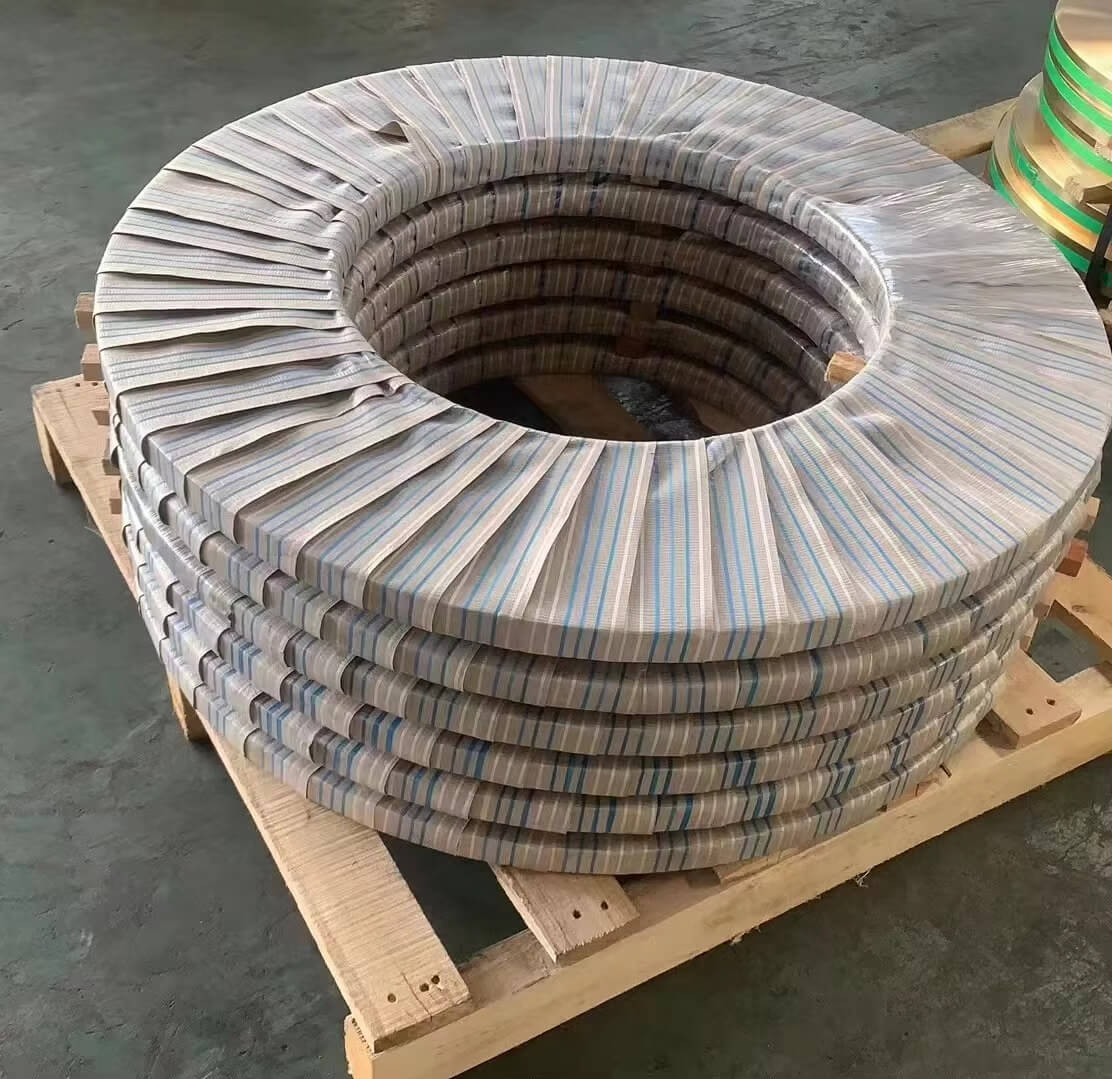
Tooth Edge Protection & Anti-Impact Support
Large gears are positioned on rigid pallets or supports that bear the weight, while tooth edges are wrapped or cushioned to avoid contact damage during loading and transport. Wrapping also helps reduce dust and moisture exposure before crating.
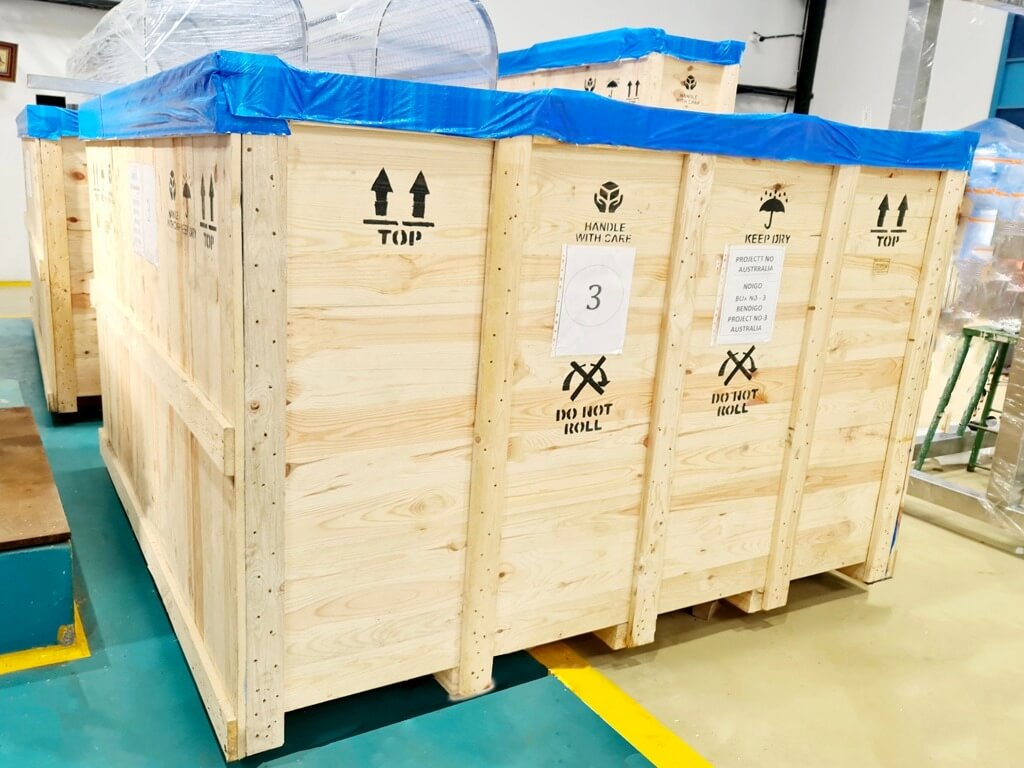
Reinforced Crating & Export-Ready Loading
Gears are secured in reinforced plywood crates with proper corner strength and lifting points, and crate dimensions are planned for safe forklift engagement and container loading according to destination requirements.
Frequently Asked Questions About Worm Gears
Quick answers to common technical and commercial inquiries
Technical Questions
Commercial Questions
How to Start Cooperation with Yantong Tech
A transparent seven-step process from inquiry to ongoing technical support
Send Your Drawing / Specification
Submit technical drawings (PDF, DWG, STEP) or worm gear samples via email. Include specifications for reduction ratio, center distance, materials, load requirements, and any special requirements. Our engineering team reviews for manufacturability within 24 hours.
Initial Contact
Drawing review and feasibility confirmation
Technical Clarification
Engineering dialogue and efficiency analysis
Technical Review & Ratio Optimization
Our manufacturing engineers discuss thread geometry, material pairing, and center distance requirements. We clarify efficiency expectations, self-locking needs, and lubrication method. Any manufacturability concerns or optimization suggestions communicated before quotation.
Quotation & Lead Time Confirmation
Detailed quotation provided with breakdown of worm shaft machining, bronze wheel casting/machining, heat treatment, and inspection costs. Lead time estimated based on current production schedule. Payment terms and shipping arrangements confirmed.
Commercial Agreement
Transparent pricing and delivery commitment
Manufacturing Phase
Process control and milestone tracking
Production & Machining
Manufacturing executed per documented process plan. First-piece inspection, thread measurement, heat treatment validation, and worm wheel hobbing checks performed at each stage. Production milestones updated for customer visibility on lead time status.
Contact Pattern Check & Quality Documentation
Final 100% inspection including contact pattern verification, thread measurement, dimensional checks, and hardness testing. Inspection certificates, material traceability, heat treatment reports, and contact pattern data compiled for customer approval before shipment.
Quality Assurance
Full documentation and traceability package
Logistics & Delivery
Protected packaging and export documentation
Packaging & Shipping
Worm gear sets packed per export standards (anti-rust coating, thread protection, foam padding, plywood crates). Export documentation prepared for customs clearance. Matched sets clearly labeled to maintain pairing traceability. Tracking information provided upon shipment dispatch.
Technical Consultation & After-sales Follow-up
Remote technical support available for assembly guidance, lubrication recommendations, and performance optimization. Quality issues addressed through root cause analysis and corrective action. Long-term partnership built on continuous improvement and mutual trust.
Ongoing Support
Technical consultation and continuous improvement
Ready to Source High-Quality Worm Gear Sets?
Send your drawing and receive an engineering reply within 24 hours — no obligation, just transparent technical dialogue.
- Compact right-angle drives: Reduction ratios 5:1–100:1, module m0.5–m10, smooth and quiet operation
- Material pairing expertise: Hardened steel worms (HRC 50–60) with bronze wheels (CuSn12, CuSn10, aluminum bronze)
- Complete traceability: Material certificates, thread measurement data, contact pattern reports, and heat treatment documentation
- Engineering support: Ratio optimization, efficiency analysis, self-locking evaluation, and lubrication guidance
- ISO 9001 certified with IATF 16949 methods for automotive-level quality assurance
